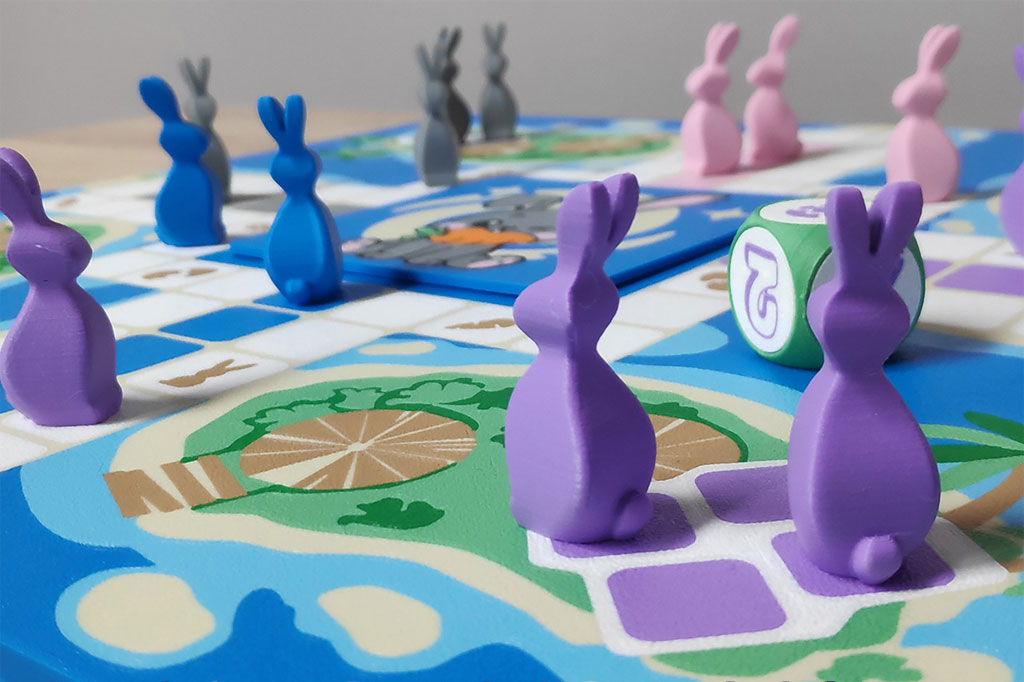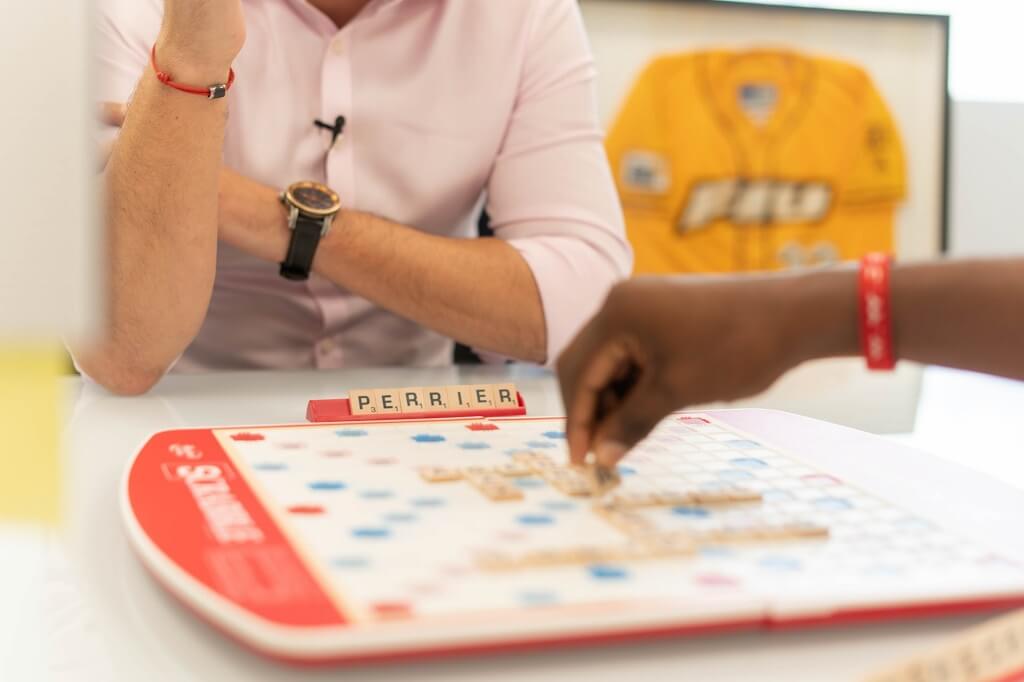Easter is a joyful holiday filled with colorful eggs, playful bunnies, and festive traditions. Designing an Easter-themed board game is a fantastic way to bring friends and family together for fun, joy, and laughter, while celebrating the vibrant spirit and traditions of the Easter season.
This guide will walk you through the key steps to create a fun and festive Easter board game that players will love.
Table of Contents
1. Choose Your Game Concept and Objective
The first step in designing any board game is to decide the core concept and what players need to accomplish. For an Easter theme, consider ideas that reflect holiday traditions:
- Egg Hunt Adventure: Players race to collect colorful eggs hidden around the board.
- Bunny Hop Race: Players hop along a path as bunnies, overcoming obstacles and challenges.
- Easter Basket Builder: Collect ingredients or items to fill the perfect Easter basket.
- Springtime Quest: Complete tasks related to spring, such as planting flowers or decorating eggs.
Your objective should be simple, clear, and engaging — for example, “Collect the most eggs by the end of the game” or “Be the first bunny to reach the Easter Garden.”
2. Design the Board and Game Components
Easter-themed visuals set the tone and mood of your game. Consider the following when designing your board and components:
- Color Palette: Use pastel colors like soft pinks, blues, yellows, and greens to evoke a festive Easter vibe.
- Imagery: Incorporate Easter festive symbols such as colorful Easter eggs, playful bunnies, fluffy chicks, blooming flowers, and woven baskets.
- Board Layout: Create a path or grid that guides gameplay. For example, a winding path through a spring meadow or a grid representing a garden plot.
- Tokens and Pieces: Design player tokens shaped like rabbits, eggs, or carrots.
- Cards or Dice: Add cards with Easter-themed tasks or dice featuring colorful dots instead of numbers.
Visual appeal is crucial to immersing players in the theme and making the game inviting for all ages.
3. Develop Fun and Balanced Game Mechanics
Mechanics are the rules and systems that drive the gameplay. For an Easter-themed board game, mechanics should be easy to understand and promote interaction. Some ideas include:
- Dice Rolling: Move forward based on dice rolls but add Easter twists — roll an egg-shaped die or face challenges on certain rolls.
- Card Draws: Draw cards that give advantages (like a basket to carry extra eggs) or setbacks (like a mischievous chick stealing an egg).
- Resource Collection: Gather eggs, flowers, or treats and trade or use them strategically.
- Mini-Games or Challenges: Include simple tasks like matching colors or solving riddles related to Easter symbols.
Test the mechanics to ensure they’re fair, fun, and create moments of excitement and surprise.
4. Make It Accessible and Family-Friendly
Easter is often celebrated with children and families, so design your game to be accessible:
- Simple Rules: Use clear language and concise instructions.
- Short Playtime: Aim for 20-40 minutes so the game holds everyone’s attention.
- Inclusive Design: Avoid complex strategies that might frustrate younger players.
- Player Count: Consider 2-6 players to accommodate different group sizes.
Adding cooperative elements where players work together or introduce friendly competition can significantly boost overall player engagement.
5. Add Festive Touches and Easter Spirit
To enhance the festive feel, consider these extras:
- Themed Storytelling: Include a light narrative, like preparing for the big Easter parade or helping the Easter Bunny deliver eggs.
- Seasonal Music or Sounds: Suggest a playlist of cheerful spring songs or include sound effects for certain actions.
- Physical Elements: Use real fabric or felt for baskets, or shiny foil for eggs to add tactile fun.
- Custom Packaging: Present your game in a decorated box featuring Easter artwork, perfect for gifting.
These details deepen the player experience and make your game memorable.
6. Playtest and Refine
No game is perfect on the first try. Gather friends or family to playtest your game:
- Observe which parts are fun and which may be confusing or slow.
- Ask for feedback on the theme, mechanics, and overall enjoyment.
- Adjust rules, balance difficulty, and tweak game length based on input.
Playtesting is essential to ensure your game is polished, entertaining, and runs smoothly.




